Drought creeps into coastal Palm Beach County but one tropical system could turn it around
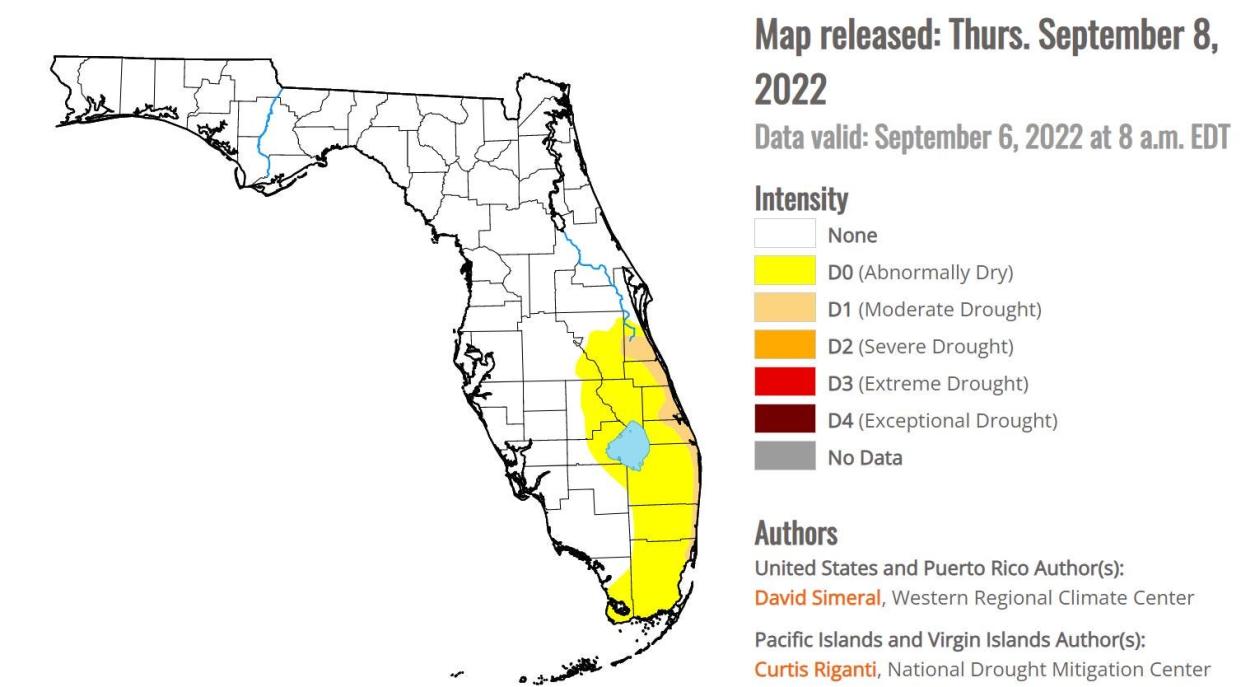
Coastal Palm Beach County slipped into an official drought this month amid a lackluster rainy season that saw Lake Okeechobee evaporate when it should be swelling.
The National Drought Mitigation Center’s weekly report released Thursday showed the fringy realm from Miami to Melbourne in a moderate drought, which is the lowest level on a four-tier scale of severity. A larger area stretching inland from Orlando to the Keys is considered “abnormally dry.”
A shift in weather patterns through the weekend could break the dry spell, for the moment. But with the driest days of the year just weeks away, water managers warned that a tropical soaking or repeat showers are needed to keep mandatory water restrictions at bay and water flowing to grazing cows, nesting wading birds and irrigation systems.
Digging deep: Because of growth and a fear of contaminants, West Palm considering a new way to get water
Keeping algae away: West Palm Beach asks to buoy water supply before algae season but state wants more evidence
West Palm's water woes: City finds cyanobacterium is stubborn foe that can take days to find
Water managers not ruling out restrictions
South Florida Water Management District’s governing board stopped short of imposing restrictions at its monthly meeting Thursday but couldn’t rule them out in the near future as the rainy season wanes.
“There is still a small hope in the tropics,” said John Mitnik, the district’s chief engineer. “If you look at South Florida, there is a second seasonal peak in the middle of October. That’s a bit of optimism. All it takes is one good tropical system to completely change everything.”
Lake Okeechobee, which is the backup water supply for West Palm Beach, Palm Beach and South Palm Beach, dropped to 12.5 feet above sea level Thursday. That’s lower than where it was at the start of the rainy season in May and pushed it into the water shortage management zone — a level when district officials start considering water shortage warnings.
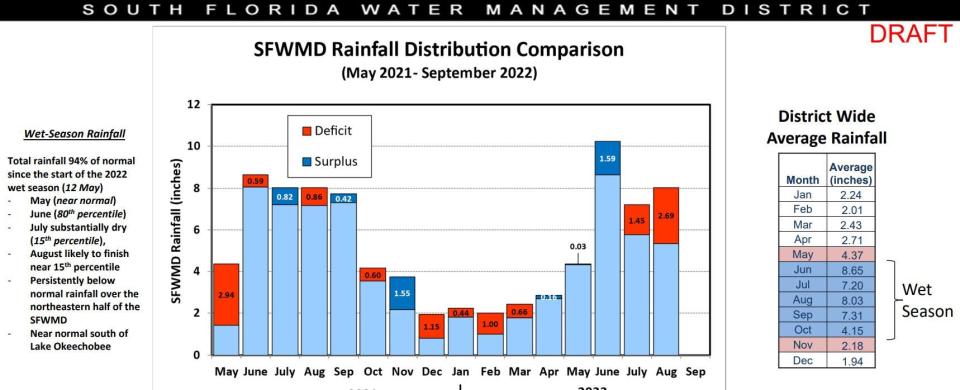
The last water shortage declaration was in 2011 when the lake drained to a record low of 8.82 feet.
Palm Beach County last experienced a rainy season drought in 2015.
“Right now, I’m not panicked,” Mitnik said.
Some board members wanted the district to take a stronger stance on alerting the public to the potential for water shortages, especially returning snowbirds who may be unaware of the parched summer.
There are year-round water restrictions in most of Palm Beach County that limit watering to two to three days per week and only between 4 p.m. and 10 a.m. There are exemptions and restrictions can vary by city.
How you can help: Here are 9 climate change solutions you, as a Florida resident, can do today
Nothing's more important: Water must be a priority for West Palm Beach | Editorial
Lox River in peril: Beloved Loxahatchee River dying for freshwater, asks for emergency assistance
Board member Ben Butler, who manages his family’s dairy farm northwest of Lake Okeechobee, said farmers are concerned about keeping grass growing for their cattle. Droughts in the western parts of the U.S. have left supplemental hay in short supply or very expensive, making home-grown feed more important than ever.
“I don’t think it’s good form to walk away and do nothing,” said board member Jacqui Thurlow-Lippisch. “I don’t want to be holding the bag a month from now if we should have said something today.”
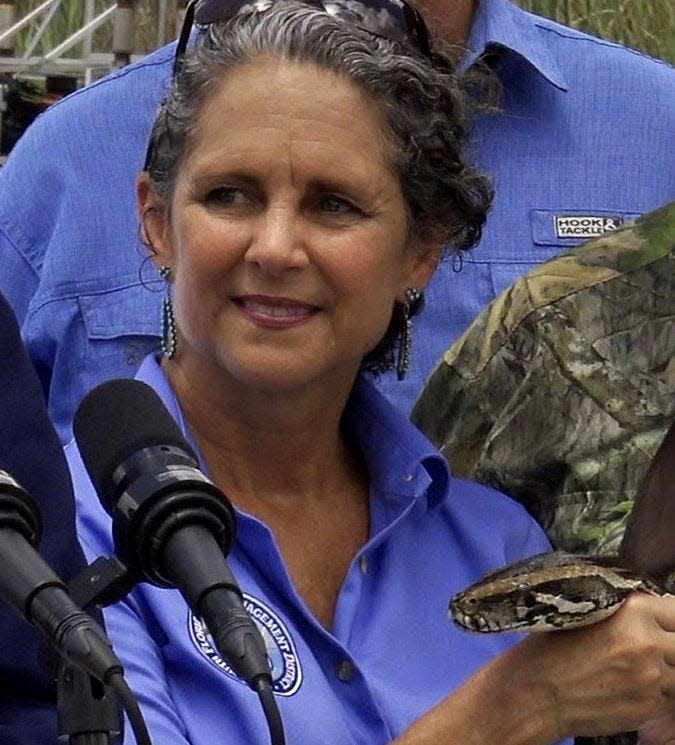
The largest wading bird colony in the Everglades is also in danger of not having enough water to successfully nest. In the past, the district had the option of trying to pump water to the colony from Lake Okeechobee and stormwater treatment areas, but those sources are too dry to help this year.
“We are riding this out to see if we could get a rain event that will turn this around,” said Lawrence Glenn, the district’s division director for water resources.
Terrie Bates, a consultant and the district’s former director of water resources, Lake Worth Drainage District Executive Director Tommy Strowd, and South Florida Water Coalition Director Ryan Rossi voiced concerns about the dry conditions during public comment.
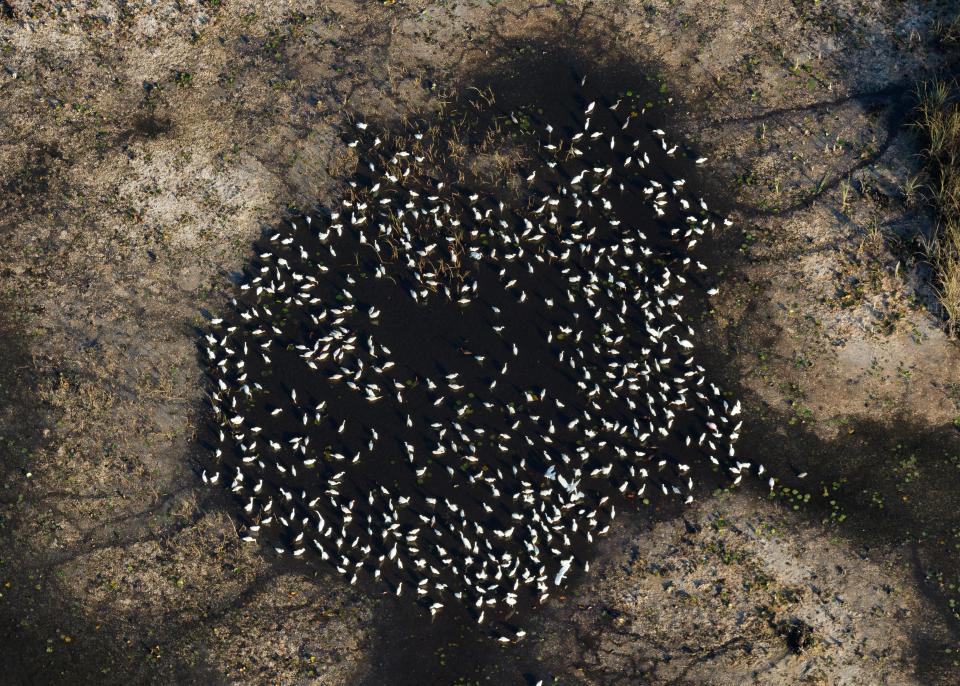
West Palm Beach ended meteorological summer Aug. 31 with 14.1 inches of rain as measured at Palm Beach International Airport. That’s down 8.65 inches from normal.
The average temperature in West Palm Beach for June through August was 84.4 degrees, which is 1.7 degrees above normal. There were also 76 days where the temperature reached above 90 degrees, which is 21 days more than normal.
"We're getting complaints about water bills because we are upping the time on irrigation so much," said Scott Lewis, who owns West Palm Beach-based Scott Lewis' Gardening and Trimming. "I'm used to March and April being dry like this but not August."
Robert Molleda, warning coordination meteorologist for the National Weather Service in Miami, said prevailing northeast and east winds worked to push summer showers that normally form along the coast farther inland.
Broken promises: Palm Beach County was promised water storage, lagoon protection 20 years ago... what happened?
Bird revival: Why four nesting shorebirds had Palm Beach County officials jumping for joy
Wood storks, the bellwether of Everglades health: They're surviving on hot dogs and chicken wings
That pattern is expected to change over the next few days with the wind shifting out of the south and southwest.
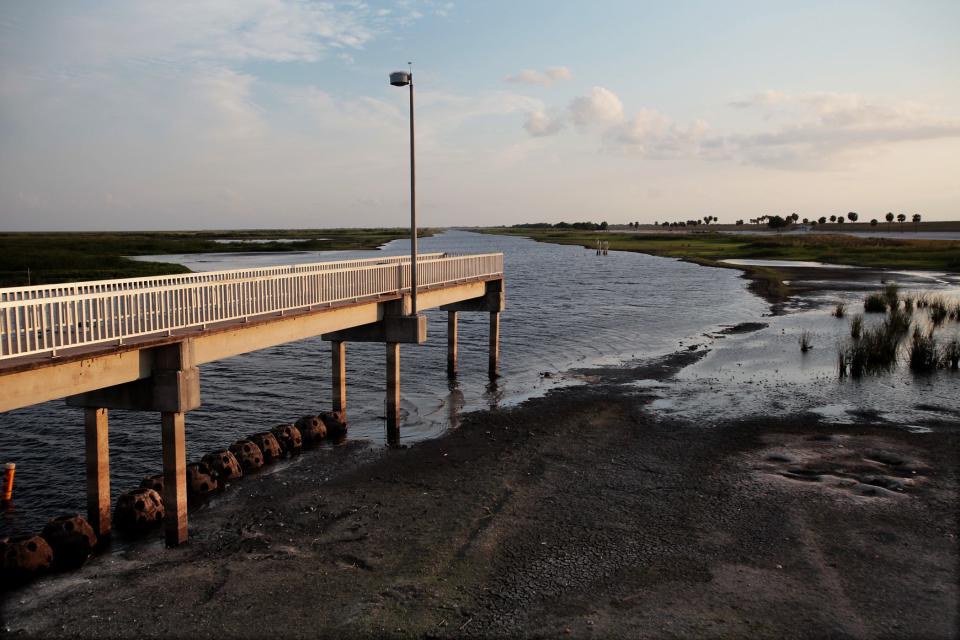
“That gives us more of an opportunity for thunderstorms to form closer to the metro areas,” Molleda said.
Up to 1.25 inches of rain is forecast in coastal to central Palm Beach County through Monday, according to the Weather Prediction Center.
A drier summer does have some positives. The St. Lucie estuary is thriving with no nutrient-laden discharges from Lake Okeechobee. Lower lake levels also allow more light to reach the eelgrass and pondweed that are building blocks for a healthy lake ecosystem.
“Awareness, and not worry, is what I think would apply now,” said Florida Climatologist David Zierden about the dry conditions. “We have a wetter forecast for the next several days and one tropical system could change the whole landscape.”
This article originally appeared on Palm Beach Post: Weather pattern shifting but may not be enough to quench drought

